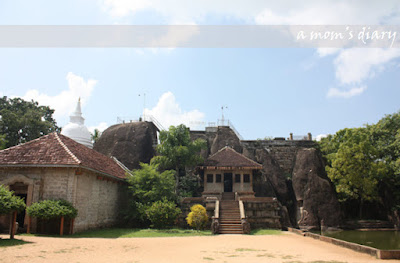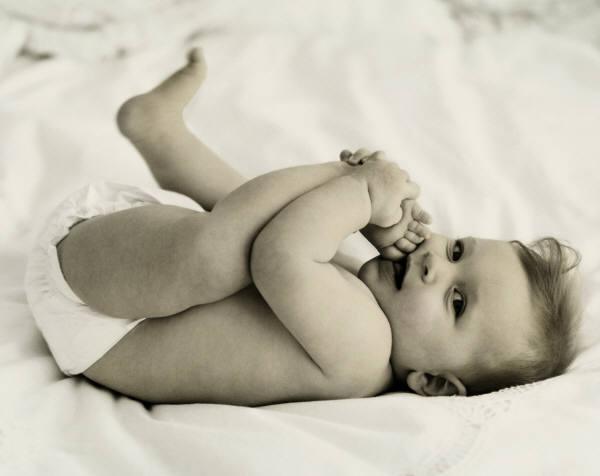The plan was to
visit Anuradhapura (1.5hr away from Dambulla), an ancient archaeological site,
followed by Mihintale about 12km away, the site of introduction of Buddhism to
Sri Lanka in the year 247 BC. However,
as can be seen from the title of this post, we had a change of plan – more on
this later.
Anuradhapura was the
seat of the kingdom of Sri Lanka from the middle of the 5th century
BC until the 11th century AD. The kingdom lasted 1400 years until it was
invaded by South Indian Chola forces in 1017.
It was a wealthy city which created a unique culture and great
civilization, and home to thousands of Bhikkus (buddhist monks) served by a
large peasant & merchant population.
Today Anuradhapura,
a UNESCO World Heritage Site, is one of the world’s major archaeological site covering
an area of about 40km2, replete with renovated monuments, restored
edifices, preserved ruins and historical sites.
Since it is impossible to witness everything Anuradhapura has to offer
in a single day, we visited only the major attractions of Anuradhapura.
A mass of stone pillars close to the Sri Maha Bodhi has been identified as the Loha Maha Prasada (Brazen Palace), founded in the 2nd century BC. It was once home to a community of 1000 Buddhist monks, whose duties included, among numerous others, tending the sacred tree. In its original glory, it had been a nine story monastery, each floor with 100 rooms, surmounted by a bronze roof, hence the name Brazen Palace. What remains now is a mass of 1,600 stone pillars standing close to each other.
Several huge dagobas stand majestically in Anuradhapura, having withstood the battering of elements for over fifteen centuries. A dagoba is a dome enshrining sacred relics or the bodily remains of the Buddha, or articles used by Him like the alms bowl and other objects of veneration. In other Buddhist cultures around the world, they are known as pagoda (Chinese) or stupa (Indonesia). What’s unique about these dagobas is that the local townsfolk actually use these ancient temples daily.
Ruwanweli dagoba was built in the 2nd century BC, and was regarded as one of the greatest dagobas in the world, measuring 103m in height with a circumference of 287m. The dagoba was in a state of disrepair when discovered in the early 20th century and was restored in its present form according to earlier dimensions. Within the dome in a closed chamber are enshrined sacred relics of Buddha, valuable gems, statues made of gold & various valuable objects.
The Abhayagiri dagoba was the centrepiece of a monastic complex founded in the 1st century BC that subsequently developed into an international institution attracting Buddhist scholars from many countries. In its original form the dagoba was 115m high but the loss of its pinnacle has now reduced its height to only 75m.
Jetavana dagoba is an enormous brick structure standing in the centre of a large monastic complex, built in the 3rd century AD. In its original form it would have been 120 metres high, surpassed only by the two great pyramids Khufru & Khafra in Egypt. It was the world's biggest stupa & is still the tallest & largest brick built monument in the world.
Kuttam Pokuna or Twin Ponds are two ritual bathing pools fed by a stream, They were once used by the monks of the monastery.
There may have been four Buddha images on the four sides of this Bodhi Tree Shrine, but all that’s left is the serene image of the Samadhi Buddha in the meditation posture hewn from a solid rock.
This temple may have been the first to house the sacred Buddha's tooth relic which now resides at The Holy Temple of the Tooth in Kandy.
The picturesque rock temple of Isurumuniya dates back to the 3rd century BC. The stone sculptures seen at the temple are considered the most beautiful works of art in Anuradhapura, the most famous being The Lovers, believed to be that of a prince and a low caste maiden whom he loved. As she was not of royal blood, he was obliged to give up his claim to the throne.
The sculpture, The Lovers, is on the left


















No comments:
Post a Comment